Tropical paradise? Not so much: Spring exhibits at Mead Art Museum examine the effect of tourism in the Caribbean, Native American art, and more
| Published: 03-29-2024 12:40 PM |
What could be better in winter than a trip to the Caribbean? Warm but not overly hot temperatures, beautiful sandy beaches, crystalline waters — sounds like paradise.
But as a current exhibit at the Mead Art Museum in Amherst shows, paradise for some can mean exploitation of others.
“Trópico es Político: Caribbean Art Under the Visitor Economy Regime” is one of four exhibits now on display at the Mead, and it might be the standout. It’s a group show by artists living in the Caribbean and its diaspora, with varied work that looks at how tourism dominates much of the region’s economy — and how the bulk of that tourism consists of white people visiting vacation resorts.
The exhibit’s title — in English, “Tropical is Political” — considers, in effect, how a society can be transformed when its primary economic activity is geared to serving visitors, rather than the people in that society.
Also at the museum is work by Black student artists at the college; a second iteration of “Boundless,” an exhibit that opened last fall showcasing Native American art and writing; and “Like a Slow Walk with Trees,” a multidisciplinary show by New York artist and activist Alicia Grullón that considers issues of land and labor.
Lisa Crossman, the Mead’s director of curatorial affairs, says the four exhibits, though distinct, “have a thematic connection … they explore place and history as well as issues like labor and human and environmental rights.”
“I think they also bring language and visual art together in ways that let us look at historical and contemporary issues differently,” Crossman explained.
“Trópico es Político” offers a rich mix of color and mediums — painting, photography, video, varied installations — and revisits the history of colonization. Given how much the economies of Caribbean islands and nations have become shackled to tourism, have some of these locales been “reconquered” again?
Article continues after...
Yesterday's Most Read Articles
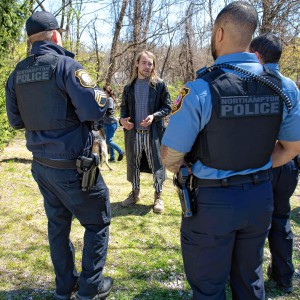 Homeless camp in Northampton ordered to disperse
Homeless camp in Northampton ordered to disperse
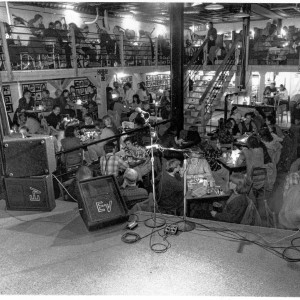 The Iron Horse rides again: The storied Northampton club will reopen at last, May 15
The Iron Horse rides again: The storied Northampton club will reopen at last, May 15
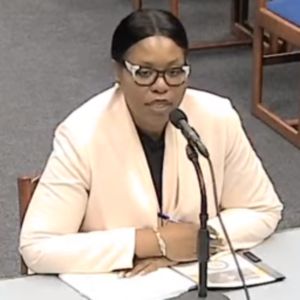 Final pick for Amherst regional superintendent, from Virgin Islands, aims to ‘lead with love’
Final pick for Amherst regional superintendent, from Virgin Islands, aims to ‘lead with love’
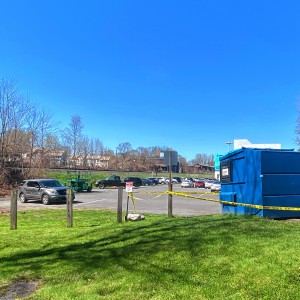 Authorities ID victim in Greenfield slaying
Authorities ID victim in Greenfield slaying
 Reyes takes helm of UMass flagship amid pro-Palestinian protests
Reyes takes helm of UMass flagship amid pro-Palestinian protests
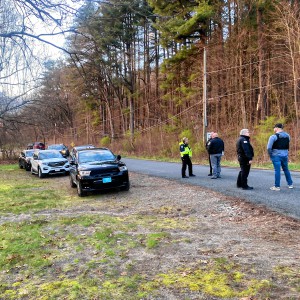 Police report details grisly crime scene in Greenfield
Police report details grisly crime scene in Greenfield
Some works in the show turn to absurdist humor to tackle that theme. “The Snake Travels through the Salt,” an oil on linen painting by Dominican artist José Morbán, is a good example: It’s an overhead view of a long, looping chain of two dozen cruise ships clogging a waterway in a tropical port city, like giant taxis waiting to disgorge their riders.
Then there’s “The Real Bahamian Art” series: four paintings of romanticized, idyllic scenes from the islands, over which printmaker and graphic designer Dionne Benjamin-Smith, who lives in The Bahamas, has plastered satiric taglines such as “This is real Bahamian art” and “No abstract art here.”
And “Night and Day-O,” by Dave Smith, who lived in The Bahamas from 1973 to 1990, is a kaleidoscopic pop-art painting that “exemplifies the dichotomies of Bahamian life,” as exhibit notes put it, with images that represent the “pleasure and paradise” available for foreign consumption compared to the violence that some residents can face.
A blonde woman in a bikini, for instance, lounges on sand, working on her tan, while another woman floats lazily in water, her long hair splayed beside her head. In between the two is a prone figure, an apparent crime victim; the painting appears pockmarked with bullet holes, while a variety of pistols float on the canvas.
Crossman says the exhibit was previously shown at the Americas Society in New York and the Museo de Arte Contemporáneo in San Juan, Puerto Rico. “We thought it was a great fit for us,” she said.
The exhibit’s pièce de résistance could be “Labadee,” a video by multidisciplinary Dominican-American artist Joiri Minaya that was shot partly on a Royal Caribbean cruise trip to Labadee, Haiti, where a private beach and swimming area has been leased to Royal Caribbean since 1985.
The subtitles in the video include text from the diary of Christopher Columbus when he and his crew first saw land in the Caribbean. Images follow of mostly white tourists relaxing along the shore — sunbathing, swimming, eating and drinking — while a small Haitian musical ensemble plays and a number of boys watch from behind a barbed wire-topped wall.
“A secluded piece of fake paradise tailored to the fantasies of those who can afford it,” the script continues. “The only locals permitted are those who work there or those who pay a fee to be allowed to do business there.”
To watch the video, you either enter a specially designed booth where two reclining chairs are arranged in front of the screen — or you can peer through a mock porthole on one side of the booth, which is covered in a dense floral fabric design.
Given the crisis that has gripped Haiti’s capital, Port-au-Prince, in recent weeks, with violent gangs taking control of many parts of the city, this view of the chasm between the haves and have-nots, and how that has affected life in the impoverished country, “seems all the more pertinent,” Crossman said.
According to various news reports, Royal Caribbean recently suspended its stops at Labadee due to the violence in Port-au-Prince and other parts of Haiti.
“Boundless,” which opened last fall, was curated by Heid E. Erdrich, a poet, writer, and educator from Minnesota and a member of the Objibwe people. It was a groundbreaking show for the Mead, with varied works by more than 150 Native American artists and writers; some materials, many of which come from the college’s Native American collections, went back more than 300 years.
But as Erdich told the Gazette at the time, there wasn’t enough room for additional items she wanted to show. The new version of “Boundless” offers these materials while also retaining some of the earlier work.
Whereas most of the Native work displayed last fall in “Boundless” was from tribes in the Northeast, Crossman said the new version has ranged further, including artwork from the late Brian D. Tripp, a member of the Karuk people from California; he exhibited his painting and sculpture nationally.
His work at the Mead includes colorful accordion books of paint, collage, ink and other materials, such as “22 Million Beers Powered by the Sun,” which speaks to “pain, war, and the struggle of the Karuk people and all humans,” according to exhibit notes. (Tripp, a Vietnam War veteran, died in 2022.)
Also of note: a print by Demian DinéYazhi’ of the Diné (Navajo) people, which consists of a black and white map of North America emblazoned with the words “This Land Is Not Your Land Was Not Your Land Will Never be Your Land.”
If visiting the Mead, be sure as well to see the new artwork by Amherst college students; a self-portrait by Tariq Muhammad and an abstract painting, “Blueprint,” by Maëlle Sannon are of particular interest.
And “Like a Slow Walk with Trees” by Alicia Grullón includes photos, video, text and banners that reflect the artist’s research into recent worker protests in a range of industries, including mining, shipping and entertainment.
More details, including the dates of the exhibits — three run into early summer — and coming special events connected to the shows, are available at amherst.edu/museums/mead.
Steve Pfarrer can be reached at spfarrer@gazettenet.com.

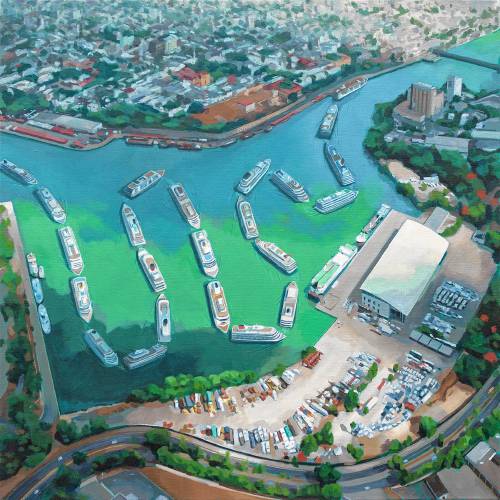
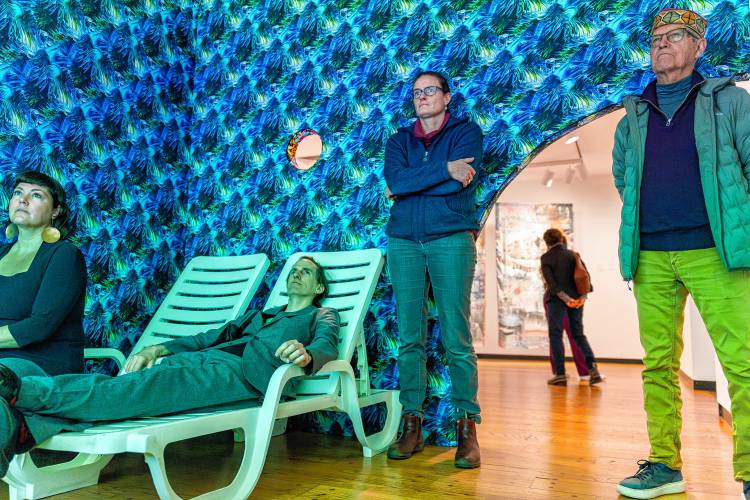
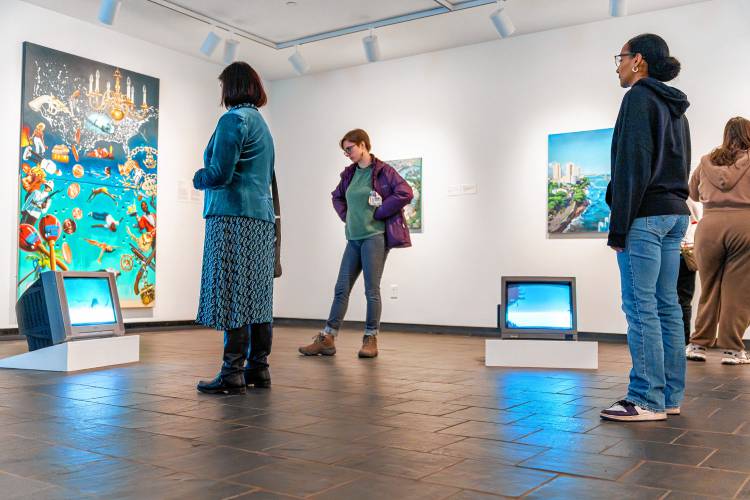
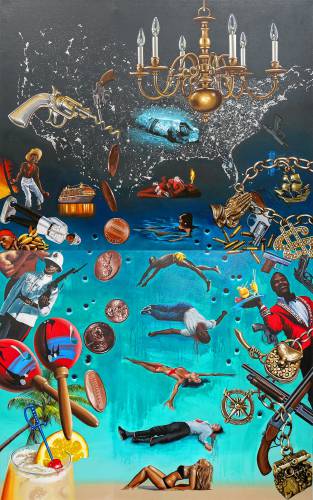
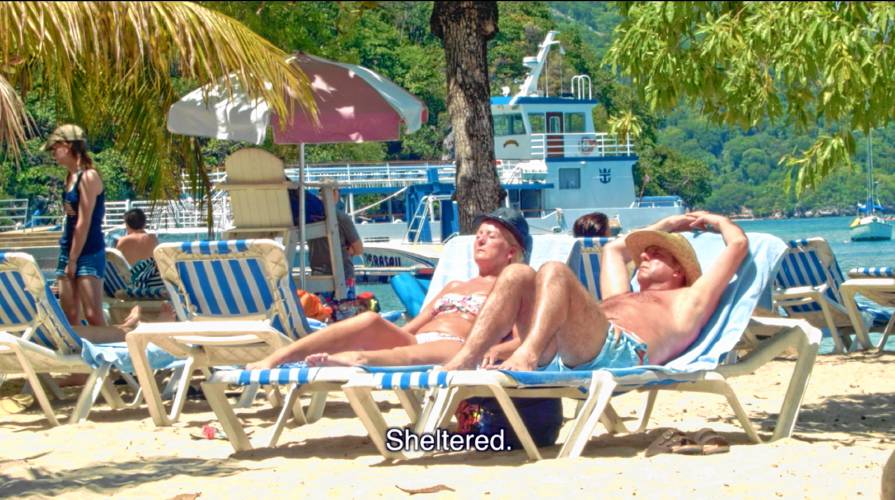
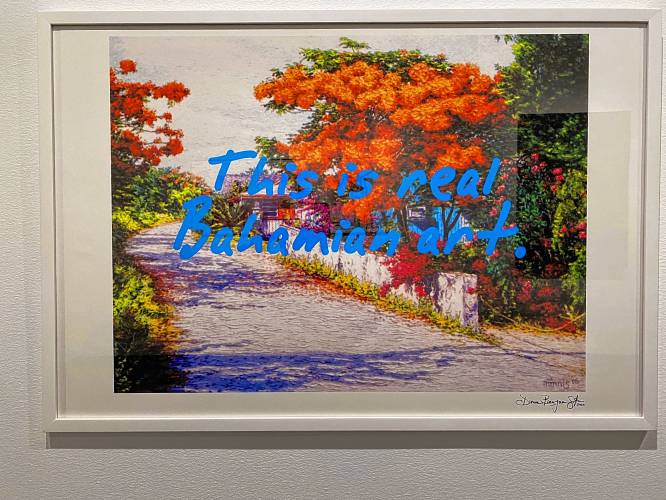
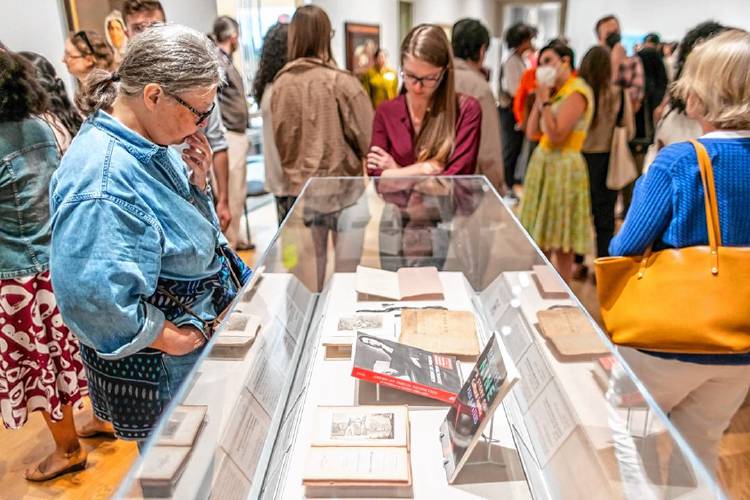
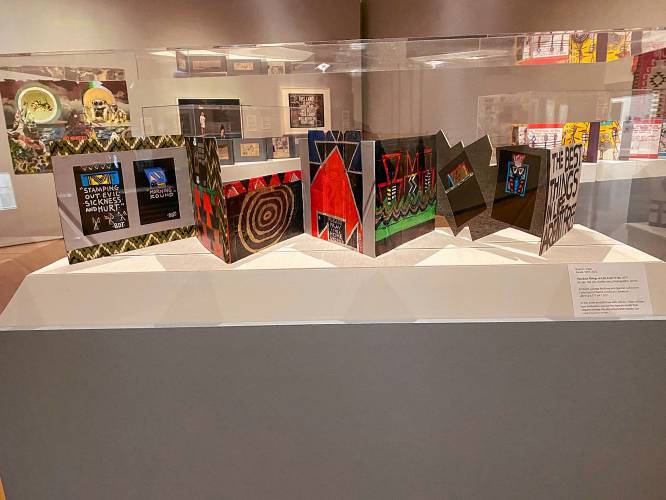
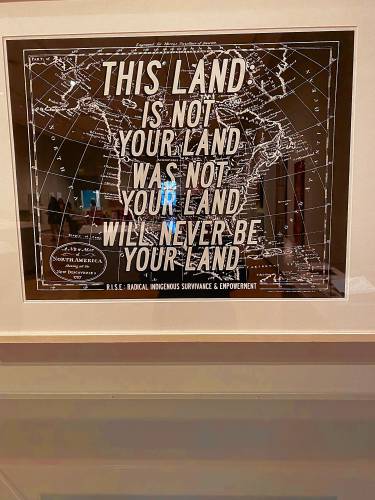
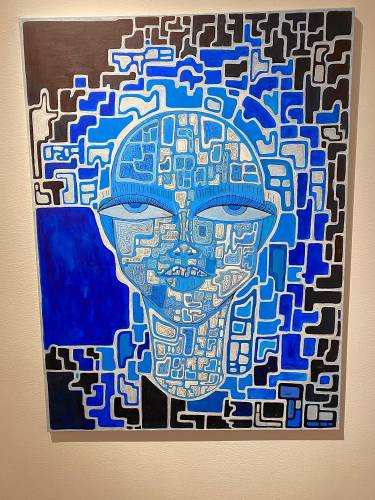
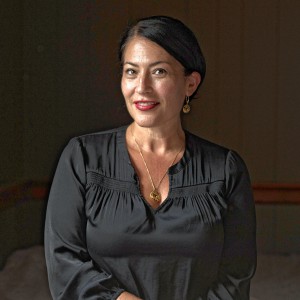 The power of poetry: U.S. Poet Laureate Ada Limón to speak at Smith College
The power of poetry: U.S. Poet Laureate Ada Limón to speak at Smith College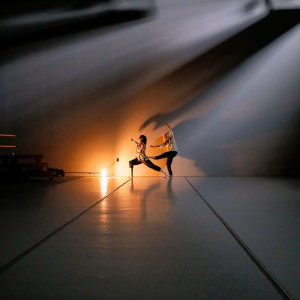 Upon Nancy’s Floor: 33 Hawley event celebrates iconic dancers, history, and a new dance floor
Upon Nancy’s Floor: 33 Hawley event celebrates iconic dancers, history, and a new dance floor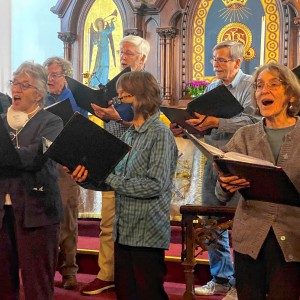 Embracing both new and old: Da Camera Singers celebrates 50 years in the best way they know how
Embracing both new and old: Da Camera Singers celebrates 50 years in the best way they know how
